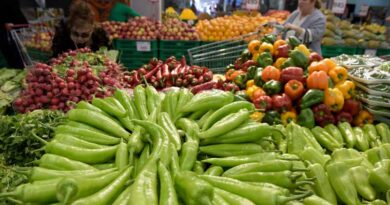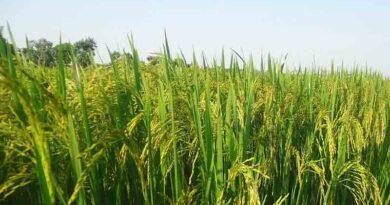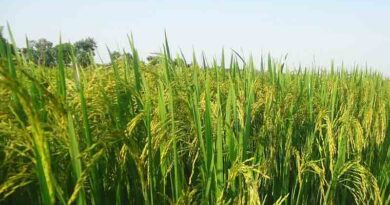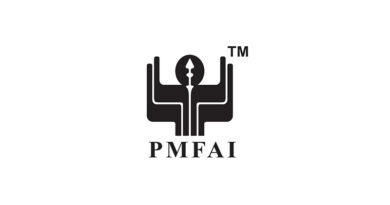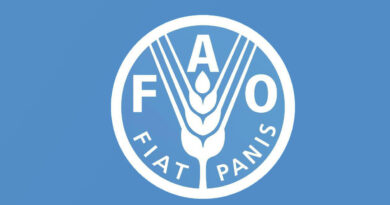FAO launches new portal for statistics on Food and Diet
02 February 2024, Rome: To help close data gaps and contribute to better guidance for nutrition-sensitive agrifood systems policies, the Food and Agriculture Organization of the United Nations (FAO) has created a new domain in the FAOSTAT portal.
The domain presents harmonized food and nutrient statistics from different types and sources of dietary data. It reports statistics on the availability, apparent consumption, and dietary intake of foods, energy and 17 main nutrients thus capturing different dimensions across the food supply chain, from supply through to individual-level consumption.
Statistics are available from 2010 for 186 countries in the section on food and nutrient availability, as they are based on the long-standing work done by FAO on food balance sheets – supply utilization accounts. Apparent food and nutrient intake is derived from data collected in household consumption and expenditure surveys that, so far, are available only in some of the countries. Information on food and nutrient intake is also presented coming from nationally representative individual intake surveys.
The new domain provides critical information about nutrients – going well beyond calories alone. FAO hopes that this will help in setting agrifood system priorities and that it will motivate countries to invest in making data from surveys more readily available.
“Diets are the link between food systems and many nutrition and health outcomes. Robust statistics on food and nutrient availability, and household and individual level food and nutrient consumption are needed to help understand the local situation to be able to develop policies and programs that enable healthy diets for all” said FAO Food and Nutrition Director Lynnette Neufeld.
“The new domain responds to a critical need to improve the availability of data to inform the transformation of agrifood systems towards one that produces the nutritious and healthy food needed to achieve healthy diets for all. To achieve this, we needed to harmonize food and nutrient statistics that are publicly available, as highlighted during the Committee on World Food Security’s High-Level Panel of Experts in 2023,” said Jose Rosero Moncayo, FAO Chief Statistician and Director of Statistics Division.
Elements on offer
The Food and Diet Domain has four sub-domains, the result of a collaboration between FAO’s Food and Nutrition, Statistics, and Fisheries and Aquaculture Divisions.
Availability, based on supply utilization accounts, offers statistics on food, energy and nutrient supply for 186 countries from 2010. In a major addition, figures are now available not only for energy, protein and fat but also for carbohydrates, fibre, calcium, iron, magnesium, zinc, phosphorous, potassium, thiamin, riboflavin, vitamin C, vitamin A and other important nutrients that come from aquatic foods.
Statistics on apparent intake currently offer information on food and nutrients for 30 countries, based on Household Consumption and Expenditure Surveys.
Statistics from five nationally representative individual quantitative dietary intake surveys from four countries provide information on nutrient intake for some population sub-groups while statistics based on the minimum dietary diversity for women (MDD-W) indicator are sourced from ten individual qualitative dietary surveys in nine countries.
The available household and individual level information is disaggregated into income groups, by sex and age, and by rural and urban populations where possible, making the data robust for identifying groups that may be most in need of interventions.
Utilization and takeaways
Diets are the link between food systems and many nutrition and health outcomes and policymakers need to ensure that all parts of the food system work together to enable healthy diets and prevent food insecurity and all forms of malnutrition. Robust data on food and nutrient availability and consumption are needed to help understand the diverse forms of malnutrition, as well as to guide food systems policies.
Example takeaways from the new Food and Diet Domain include that the global supply of energy and presented nutrients increased between 2010 and 2021, although the rate of increase differed from nutrient to nutrient. The global availability of fat and riboflavin (vitamin B2) showed the largest increases, followed by dietary fibre and calcium, while carbohydrates and thiamin (vitamin B1) increased the least. At the household level, statistics by income group were computed for 26 countries out of 30 countries. In these countries, people from the lowest income quintile had a lower at-home protein intake from animal sources than people from the highest income quintile.
This new domain is the first centralized location for the sharing of statistics on all forms of dietary-related data. It will be further populated with additional statistics as more data becomes available.
Users are encouraged to visit the new Food and Diet Domain on FAOSTAT to explore the data and visualizations available.
Also Read: Rallis India scales up supply chain effectiveness through digital platform ‘Plan Guru’
(For Latest Agriculture News & Updates, follow Krishak Jagat on Google News)


